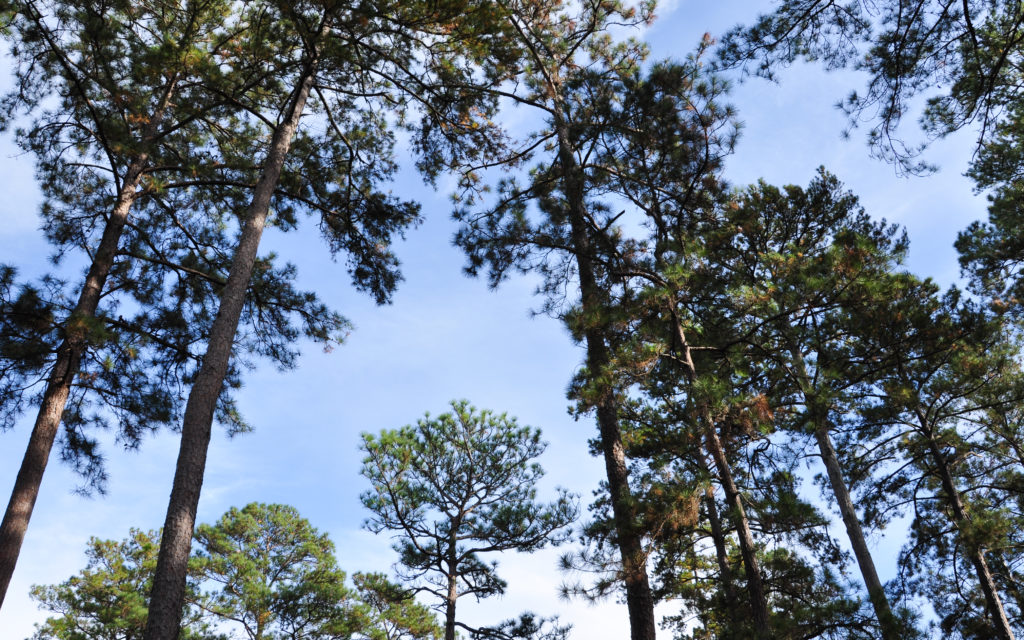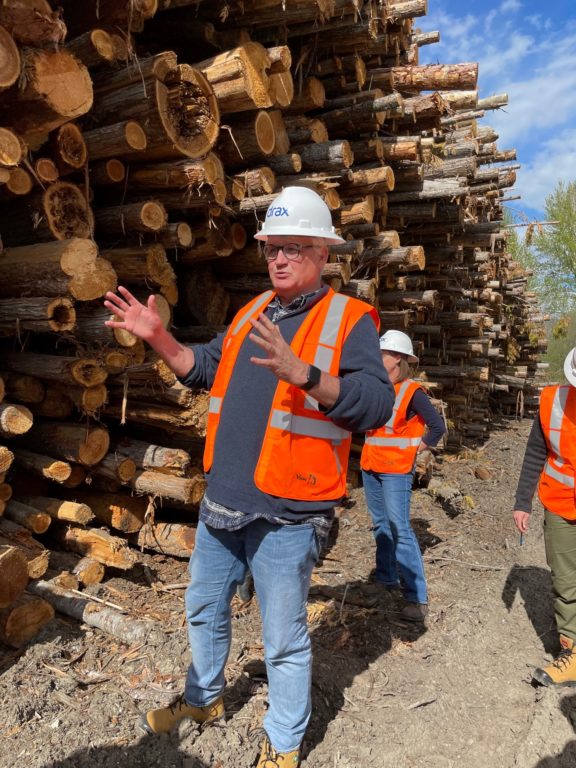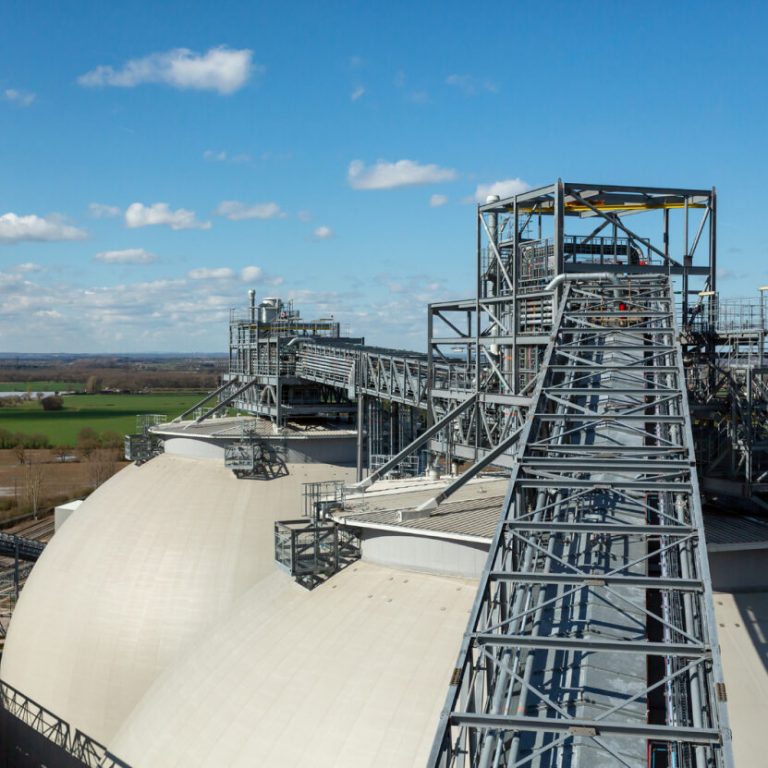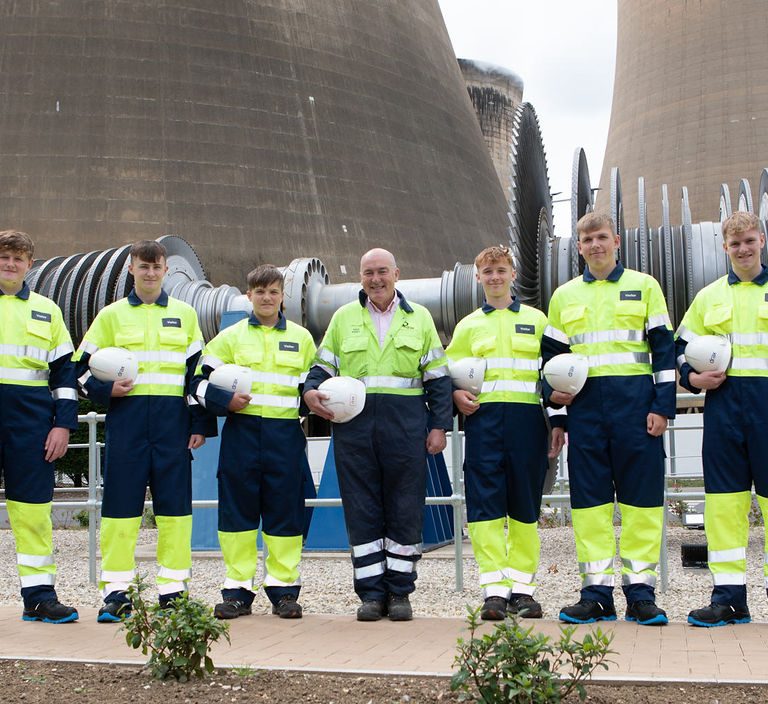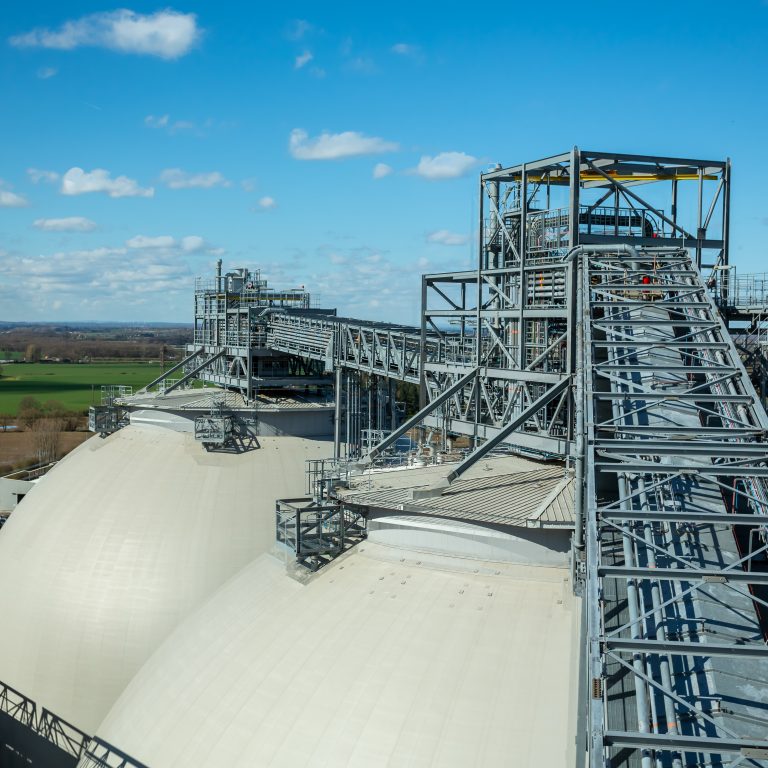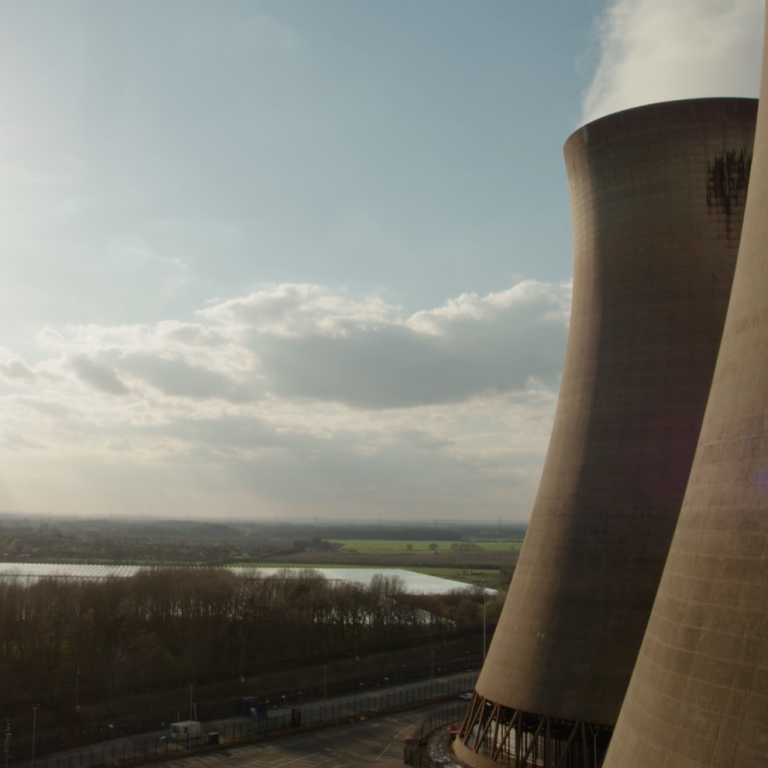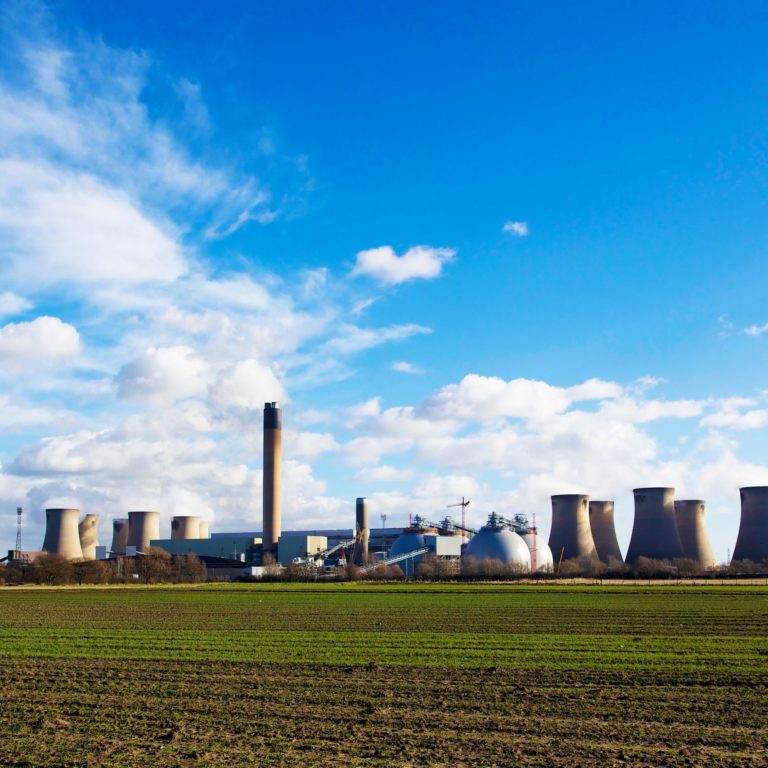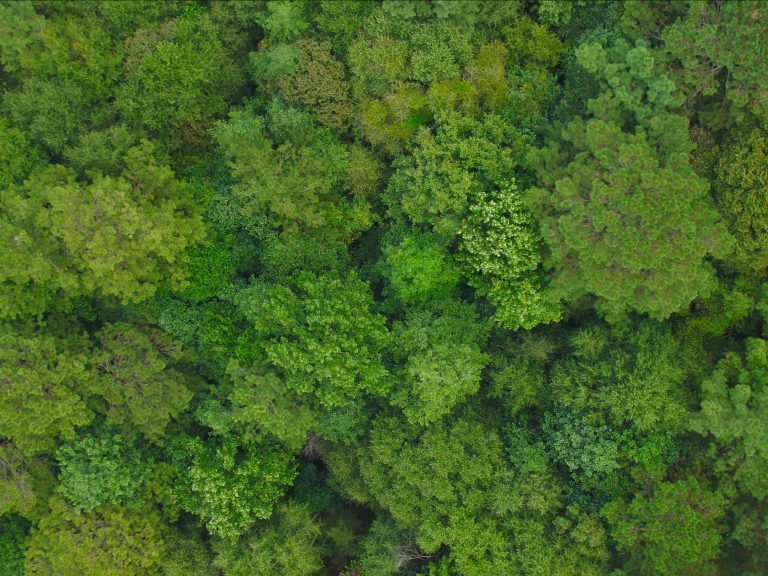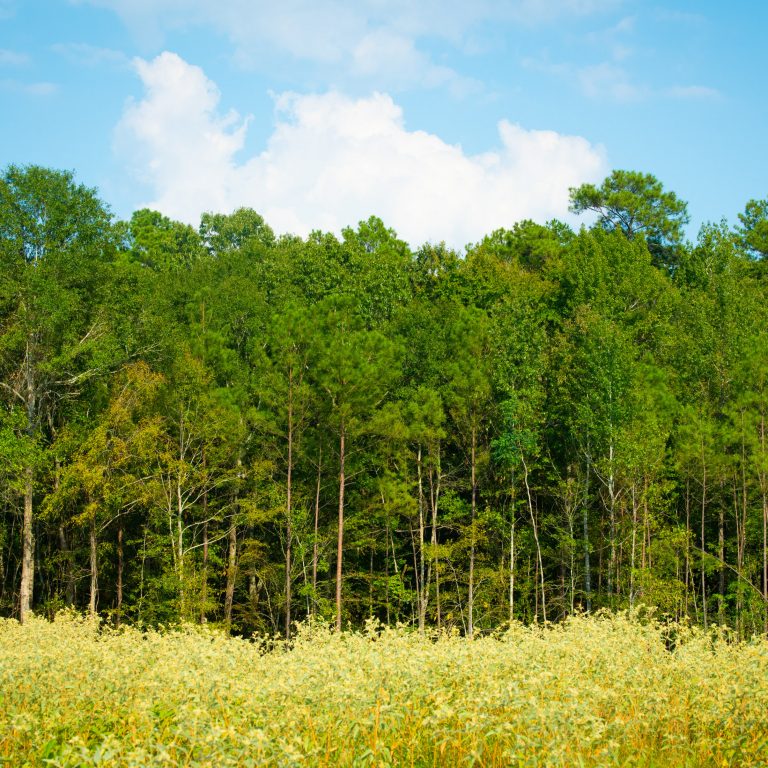As I come to the end of my second year with Drax, it is naturally time to reflect on my time with the company to date and the progress we have made.
Through delivery of its strategy, Drax is making three significant positive contributions to the climate; the elimination of fossil fuels in power generation; being a meaningful partner in the forestry and timber sector; and taking a lead in making large scale carbon-dioxide removals a commercial reality. We have made substantial progress already and my objective here is to ensure that Drax’s commercial success continues to be strongly aligned with proven positive outcomes for people, the climate and nature and I have been drawing heavily on my past experience in order to do this.
I previously worked with a retailer of wood products and back then the ask from campaigners was for the company to boycott tropical timber. After considering that ask, the company took a leading role in creating the Forest Stewardship Council (FSC), which in turn led to the Programme for the Endorsement of Forest Certification (PEFC) and Sustainable Forestry Initiative (SFI), and this process created the space for collaboration for interested parties to learn from each other, agreeing to forest management principles and verification processes.
During this period, I visited numerous forests and sawmills around the world and what always struck me was how forest residues in many cases went unused, were often burned, or were left to decay. Drax’s ability to utilise the by-products of the timber industry and forest fibre, and turn these into renewable power, is a much more productive use of that material.
As I look toward the future, it’s clear to me that our business and our industry at large could improve on how we communicate what we do in order to better demonstrate how the biomass we source delivers positive outcomes for the climate, for nature and for the communities in which we operate.
As a leader in biomass our business is aligned to this commitment through the evidence-based approach and robust standards which govern our sourcing and operations and the science from leading global organisations like the Intergovernmental Panel on Climate Change (IPCC) and International Energy Agency (IEA) which underpins our methodology. We have robust standards in place to align our biomass sourcing to the strict sustainability requirements of the UK, US, and Canadian governments, as well as those of the EU.
We work with our stakeholders, partners, and colleagues to champion this as best practice, not only throughout our operations and supply chain, but across the wider industry. An example of this is our work with the Glasgow Declaration on Sustainable Bioenergy, a joint effort by a group of businesses and organisations in the sector that have come together to further sustainability standards in the industry.
A core element of this is ensuring that we are transparent and that we are communicating clearly about what we do, why we do it and how it contributes to enabling a zero carbon, lower cost energy future. The science we rely on is complicated, nuanced and continues to evolve. We take our responsibility to track its evolution and represent it very seriously.
Drax Power Station is one of Europe’s largest single site decarbonisation projects. As a result, since 2012, Drax has reduced its generation scope 1 and 2 emissions by ~99%, an achievement that brings pride to our business. It is important to clearly explain what this means, primarily by distinguishing between the carbon emitted from the burning of fossil fuels for power generation (i.e. fossil emissions, which fall under scope 1 and 2) and that produced from biomass power generation (i.e. biogenic emissions, which do not fall under scope 1 and 2 and which are therefore reported on separately). Fossil fuels introduce new carbon emissions into the atmosphere and drastically reduce the planet’s ability to tackle climate change. However, emissions from the combustion of sustainable biomass stay within the biogenic carbon cycle, which involves the continuous exchange of carbon between the biosphere and atmosphere and therefore ensuring carbon levels remain in balance.
The principles of the biogenic carbon cycle have been set out by the IPCC and relevant EU and UK regulatory requirements suggest that when sourced under strict conditions and overseen by robust governance, carbon outputs from biomass should be treated as zero. These principles, however, are complex and multi-faceted, so we will continue to develop our explanation of them and thereby add to our stakeholders’ understanding.
As a business, we are required to meet strict regulatory and legal requirements. Biomass is more heavily regulated than other timber using sectors, which affects how we report on our supply chain emissions. We meet all reporting requirements placed on us as a biomass user and we aim to be transparent in our reporting. Drax annually publishes independently audited reports which cover our scope 1 and 2 supply chain emissions and separate biogenic emissions directly linked to our operations and stack emissions. And we are always looking to go further. We already voluntarily report our stack emissions and as of this year we have also committed to specifying biogenic CO2 emitted during pellet manufacturing from our overarching biogenic emissions figure and to voluntarily report on this as well.
We source our biomass from sawmill residues, harvesting residues, and fibre which has little other use or market value. We also use low-grade roundwood that is not suitable for sawmilling or cannot access higher-value markets and this often includes pulpwood and, for example, the by-product of thinning operations.
These types of fibre are regularly referred to as “whole trees”. This phrase implies that biomass is produced from the harvesting of sawlog grade trees and whole forests, which is unhelpful. We aim to be precise when describing our sources of biomass and we hope that others in the industry will do the same in order that there is a better understanding of biomass across the board.
Learn more about wood grading.
As I have travelled around our sourcing operations, I have witnessed the deep and committed role Drax plays in the forestry industries in which it operates, providing a market for the otherwise unmarketable fibre, and supporting communities through the creation of thousands of jobs across our supply chain.
But I also know we, as a leader in our industry, must continue to enhance how we engage, listen to, and inform our stakeholders on our work and our role within the UK’s energy transition. Without creating a foundation of mutual understanding and collaboration it will be difficult to foster productive relationships and make progress toward our shared goals. We have always been willing to engage with our stakeholders and we often take them to the regions from where we source fibre, our operations and our power station in Yorkshire.
In addition, we are leading players in the Sustainable Biomass Program (SBP) and are proactive in discussions relating to the development of standards for carbon removals. Recently, we also engaged Forum for the Future who worked with many stakeholders to identify how bioenergy with carbon capture and storage (BECCS) can be done well. We are actively considering the findings of this work.
I am, like all my colleagues at Drax, committed to delivering on this crucial work and clearly demonstrating the positive contribution that biomass can make to the climate, for nature and for people around the world and my ask of stakeholders is that they embrace the opportunities that this business works hard to make a reality and work closely with us to optimise those contributions.








